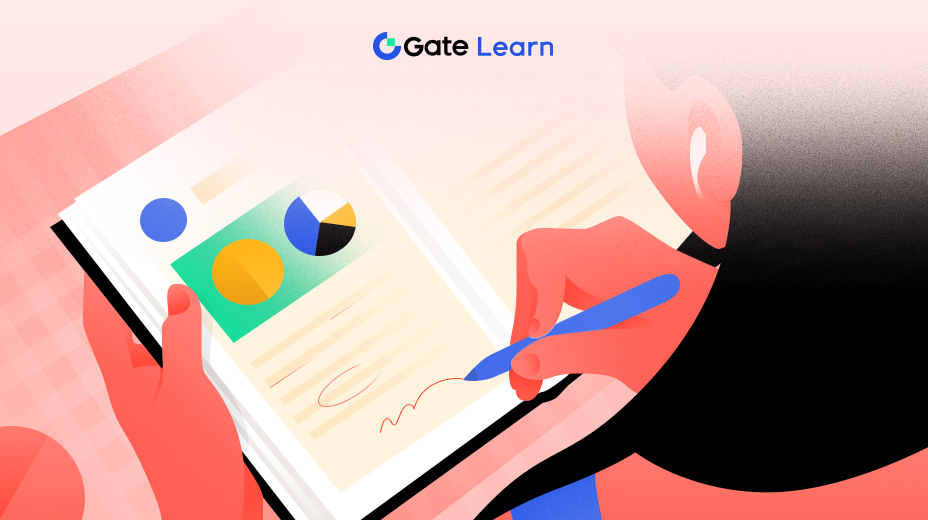デジタルゲームアセット(DGA)とNFT機能
このモジュールでは、Gaiminのデジタルゲームアセット(DGAxg)テクノロジーについて説明し、プラットフォームがNFTとブロックチェーンをどのように統合して、ゲーム内資産の所有権や異なるゲーム間での相互運用性、そしてUnityやUnrealなどの主要なゲームエンジンとの連携方法を確保するかについて探討します。
Gaiminのデジタルゲームアセット (DGAxg) テクノロジー
Gaiminのデジタルゲームアセット(DGA)は、ゲーム内アセットの所有権、取引、およびマルチプラットフォーム利用において革新的です。DGAは、ブロックチェーン上で非代替可能トークン(NFT)の形式で保存されるゲーム内アイテムです。これらのデジタルアセットは、従来のゲーム内購入を超えており、通常は特定のプラットフォームやゲームに所有権が制限されています。
Gaiminのフレームワークでは、プレイヤーがDGAを取得すると、その資産はブロックチェーンに格納され、ゲームサーバーとは独立して存在することが保証され、プレイヤーはその資産を自由に転送、取引、または売却することができます。
DGAxgはDGAの拡張版であり、異なるゲーム間で自由に移動可能なゲームアセットを開発することができるため、Gaiminのインフラサポートにより、ゲーム内での使用と相互運用が可能となります。開発者はGaiminのSDKとAPIを使用して、これらのアセットを自分自身のゲームに統合し、通常は実現不可能なクロスプラットフォームのアセット転送を実現することができます。
ゲーム内アイテムをNFTとしてマーキングする概念は、Web3テクノロジーの普及と一致しており、このテクノロジーでは、分散化された所有権がユーザーにとって重要です。各DGAはブロックチェーン上でユニークで変更不可能なNFTとして存在し、希少性を確保するだけでなく、所有権が資産所有者のウォレットに安全にバインドされることも保証します。この分散化された所有権形式により、通常はゲーム開発者がゲーム内アイテムを中心に制御していた問題が解消されます。
ゲーム間相互運用性
ゲーム間の相互運用性の考え方は、ゲーム内アセットをスタンドアロンのゲーム環境を超えて拡張します。 Gaimin の DGAxg を使用すると、ゲームが同じ相互運用性プロトコルをサポートしている場合、プレーヤーは複数のゲームでデジタル資産を使用できます。 これにより、ゲーム内資産への投資が1つのゲームに限定されなくなり、デジタルアイテムがさまざまなゲーム環境でも価値を維持するため、プレイヤーに価値がもたらされます。 例えば、プレイヤーがファンタジーRPGで入手した剣は、そのゲームに固有の変更を加えた別の互換性のあるゲームで使用することができます。
クロスゲームの相互運用性を実現するには、複数のゲームが共有できる標準やプロトコルを確立する必要があります。これにより、デジタルアイテムのシームレスな転送と機能の発揮が可能になります。技術的には、開発者は互換性のあるインフラストラクチャ上にゲームを構築する必要がありますが、ブロックチェーンはその不変性と透明性のために理想的なプラットフォームです。開発者にとって、GaiminのSDKとAPIツールを使用してNFTを統合することで、収入源を増やすだけでなく、ユーザーのリテンション率も向上させることができます。なぜなら、プレイヤーは異なるゲームでアセットを持ち運ぶことができるからです。
DGAとNFTをUnrealやUnityなどのゲームエンジンに統合することで、Gaiminはゲーム業界におけるデジタル所有権とクロスプラットフォームアセットの実用性に新たな基準を設けています。これにより、プレイヤーはより活気のある魅力的な体験を創造することができます。彼らのデジタルアセットは複数のゲームで価値と機能を維持するため、単一のゲームを超えた持続的なゲームの物語が作られます。
ポイント
- Gaimin の DGA は、NFT の形で保存されるゲーム内資産であり、プレイヤーがゲームから独立して取引または販売できる安全で分散型の所有権を提供します。
- クロスゲーム相互運用性:GaiminのDGAxgは、プレイヤーが複数のゲームでゲーム内資産を使用できるようにし、資産の有用性とプレイヤーの参加度を向上させます。
- ブロックチェーンベースの真の所有権:ブロックチェーンは、プレーヤーがデジタル資産を完全に制御し所有することを保証し、透明性と非中央集権的な取引を実現します。
- NFTの応用シナリオ:GaiminのNFTは外観のアップグレードと機能的なゲーム資産に使用され、”遊んで稼ぐ”などの新しい経済モデルを促進しています。
- ゲームエンジンの統合:GaiminのSDK/APIは、UnrealやUnityなどの主要なエンジンとの簡単な統合をサポートし、ゲーム間でのNFTやDGA機能のシームレスな利用を実現します。





